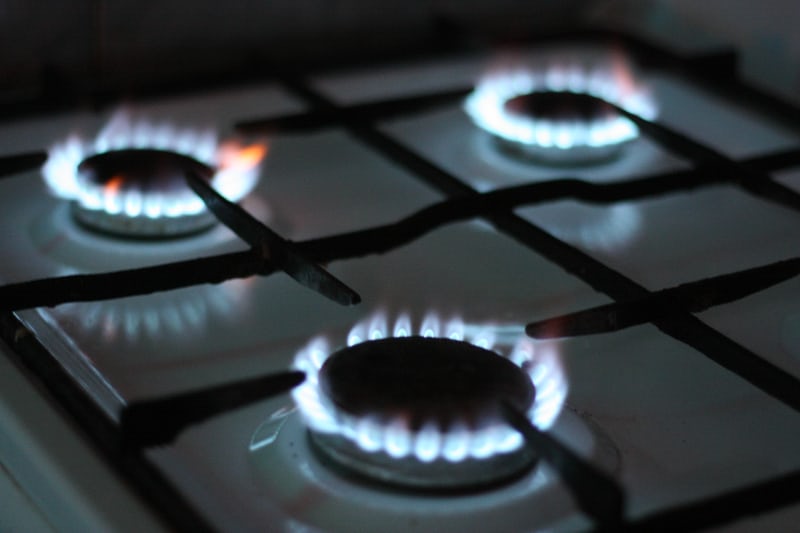I have been thinking a lot about my pace lately.
In fact, I have been thinking about slowing down. Not doing less but doing it all slower.
This is quite a different pace for me as I usually like to go at a fast pace moving quickly and moving across lots of different things. There may be a connection with slowing down as we move through the stages of life. As we get older, we may appreciate a slower pace and not necessarily having to run as fast as maybe we thought we once needed to. However, I don’t think it’s age related. I think this is related to focus. It’s about being more intentional about what I want to be doing and when.
Imagine a five-burner stovetop. The pots on the stove represent your priorities. Do you have five pots on your stove? Are they at high boil or a low simmer? Perhaps they are at various temperatures?
There’s a lot to be said for the slow cooking method. You get a beautiful richness of flavours and a dish that’s cooked gently and slowly allowing flavours to develop over time, resulting in a beautiful complexity and taste. I love a good slow cooked meal. But I can’t slow cook a stir fry for example or maybe even a pasta dish. Those dishes need to be cooked on high heat quick and fast.
I’ve been thinking about whether everything needs to be on high boil or high heat all the time. If I have various pots on my stove, I can choose the temperature that I have those pots at, depending on what I’m cooking. As leaders we often have multiple priorities and multiple goals that all need to be achieved at what feels like the same time but do they? What would happen if something was completed next week instead of tomorrow? What would happen if we explained to stakeholders that we need a little bit more time to finish something? What would happen if we set slower and more realistic expectations with those around us and for ourselves? What would be the impact of these changes? Would it really matter? Would the outcome be better or worse?
How could you benefit from reviewing what’s on your stove top and adjusting the heat so perhaps things aren’t all on high boil?
With high heat comes high risk. When we have something on high heat it needs to be attended to more often than when something is simmering. You need to make sure you stir it before it burns or before it sticks to the pan. Leaving it unattended could mean throwing out your whole dish and starting again. With a gentle simmer comes a lower risk. You can step away from the stove for ten or twenty minutes perhaps even longer if it’s set at a low heat or if your dish is in an oven. You don’t need to attend to it as often. But you need to know that the ingredients that you have put in there will also slowly simmer and not do anything outrageous like burn too quickly.
Could we think about our priorities in leadership in this way? Does everything need to be set to high boil and high risk or can we choose to set the temperature lower and have some priorities that set to a gentle simmer? We could create more space for thinking, planning, and reflecting. We may be more productive and effective when we mix up the combination of high and low heat rather than having everything on high heat and therefore having everything at high risk.
When you’re leading, you have the choice to think about your approach. It’s easy to forget this when things are spilling over on your stove top. You don’t have to do what has always been done. You have a choice. You have control over the temperature you set and where you place your pots. High boil equals higher risk, low boil equals lower risk. You choose.

